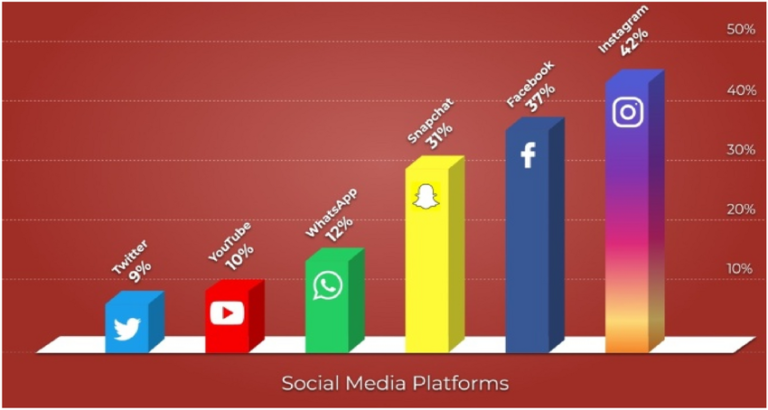How Bitrate Shapes Digital Media Quality and Efficiency?

In the vast landscape of digital media, bitrate stands as a fundamental pillar shaping the quality and efficiency of audio and video content. While its significance may not always be apparent to the casual consumer, delving into the intricacies of bitrate unveils its profound impact on the digital media landscape. what does bitrate do? Let’s explore it.
What is Bitrate?
At its core, bitrate refers to the rate at which bits of data are transmitted over a specified period, typically measured in bits per second (bps) or kilobits per second (kbps). It serves as a crucial metric in digital media encoding and streaming, dictating the amount of data transferred and thereby influencing the quality of audio and video playback.
Quality of Streaming
Perhaps the most immediate impact of bitrate is evident in the quality of streaming content. Higher bitrates translate to more data being transmitted per second, resulting in superior audio fidelity and visual clarity. This means that a video streamed at a higher bitrate will exhibit fewer artifacts, smoother motion, and crisper audio compared to one streamed at a lower bitrate.
Conversely, lower bitrates may lead to noticeable degradation in quality, manifesting as pixelation, blurriness, or loss of detail in video content, as well as distortion or muffled sound in audio. Thus, bitrate directly influences the viewer’s perception of media quality, making it a critical consideration for content creators and streaming platforms alike.
Bandwidth Considerations
Bitrate and bandwidth are intertwined, with the latter referring to the capacity of a network to transfer data. Higher-quality streams, necessitating higher bitrates, also require greater bandwidth to ensure smooth transmission without buffering or interruptions. Consequently, optimizing bitrate becomes essential, particularly in scenarios where bandwidth is limited, such as in rural areas or on mobile networks.
File Size and Storage Efficiency
In addition to its impact on streaming quality, bitrate also influences the size of multimedia files. Higher bitrates result in larger file sizes due to the increased amount of data being transmitted and stored. This poses challenges in terms of storage capacity and bandwidth consumption, especially for content distribution platforms hosting vast libraries of media content.
Conversely, lower bitrates produce smaller file sizes, making them more suitable for scenarios where storage space or bandwidth is limited. However, striking the right balance between file size and quality remains a constant challenge for content creators seeking to optimize resource utilization while maintaining a satisfactory user experience.
Resolution, Codec, and Compression
The resolution of video content and the choice of codec further complicate the bitrate equation. Higher resolutions typically demand higher bitrates to preserve image clarity and detail, while the codec employed affects compression efficiency. Different codecs may require varying bitrates to achieve comparable levels of quality, making codec selection a crucial consideration in bitrate optimization strategies.
Furthermore, bitrate compression techniques play a pivotal role in managing file size and storage requirements. While compression reduces the amount of data needed to represent media content, excessive compression can result in a noticeable loss of quality. Thus, finding the optimal balance between compression efficiency and perceptual quality remains a perpetual pursuit in digital media production.

Conclusion
In conclusion, bitrate serves as a cornerstone in the realm of digital media, exerting a profound influence on streaming quality, bandwidth utilization, file size, and storage efficiency. Its impact reverberates throughout the digital ecosystem, shaping the way content is encoded, transmitted, and consumed across various platforms and devices.
Understanding bitrate empowers content creators and streaming platforms to deliver compelling multimedia experiences while navigating the complexities of resource allocation and network constraints. As technologies evolve and consumer expectations rise, bitrate optimization remains a pivotal endeavor in the quest for superior audiovisual content delivery.




